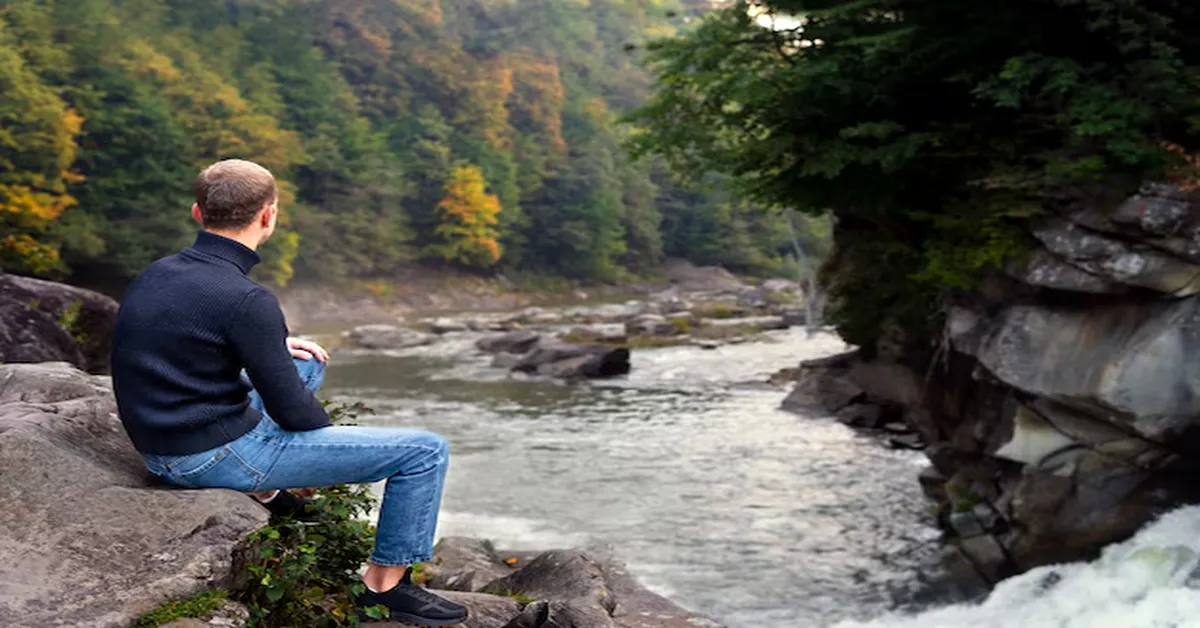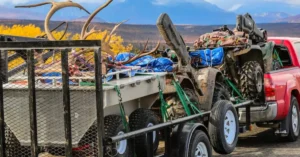Steve Cartisano, often referred to as the “godfather” of wilderness therapy, was a figure whose methods and programs have been subjects of both acclaim and controversy. Born on August 15, 1955, in Modesto, California, Cartisano’s journey from a military background to pioneering wilderness programs for troubled teens is both compelling and cautionary.
Early Life and Military Service
Cartisano’s upbringing was marked by a blend of cultural influences, with a Cherokee mother and an Italian-American father. This diverse heritage, combined with his formative years in California, shaped his resilient and adventurous spirit. In 1974, he enlisted in the U.S. Air Force, serving for a decade until 1984. During his tenure, he was part of the 129th Aerospace Rescue and Recovery Squadron (ARRS), earning recognition as one of the best-trained survivalists in the military.
Steve Cartisano Transition to Wilderness Therapy
After his military service, Cartisano sought to apply his survival skills to civilian life. In 1988, he founded the Challenger Foundation in Utah, a program designed to reform troubled teens through rigorous wilderness experiences. The program’s philosophy was straightforward: “Break the kids down and build them back up.” This approach resonated with many parents seeking solutions for their children’s behavioral issues, leading to the program’s rapid growth and grossing $3.2 million in its first year.
Controversial Methods and Legal Challenges
Despite its initial success, the Challenger Foundation faced scrutiny over its methods. Cartisano’s approach was characterized by strict discipline, including practices like strip searches, military-style haircuts, and enforced rules with severe punishments for minor infractions. For instance, a girl caught saying “I’m sorry” instead of “I apologize” would be punished by carrying a chunk of cow manure in her backpack all day.
The program’s reputation suffered a significant blow in 1990 when 16-year-old Kristin Chase died from heatstroke during a hike on Utah’s Kaiparowits Plateau. This tragic incident led to charges of negligent homicide and multiple counts of child abuse against Cartisano and the Challenger Foundation. Although he was acquitted of all criminal charges in 1992, the negative publicity resulted in numerous civil lawsuits and the eventual bankruptcy of the foundation.
Post-Challenger Ventures
Following the closure of the Challenger Foundation, Cartisano attempted to establish similar programs in locations like Hawaii, Costa Rica, Puerto Rico, and the U.S. Virgin Islands. However, none of these ventures achieved lasting success, often leaving behind unresolved issues with parents and financial obligations. In his later years, he worked as a supervisor at a dormitory for American Indian students on a reservation in Oklahoma. However, upon discovery of his controversial past, he was relieved of his duties.
Personal Life and Legacy
Steve Cartisano personal life was intertwined with his professional endeavors. He married Deborah Lee Carr in 1978, and together they had four children. In his final years, he cherished his role as a grandfather and was active in the Choctaw Tribe and The Church of Jesus Christ of Latter-Day Saints. Cartisano passed away on May 4, 2019, in Durant, Oklahoma, after battling colon cancer.
Impact on the Troubled Teen Industry
Steve Cartisano methods have left an indelible mark on the troubled teen industry. His approach to wilderness therapy has been both emulated and criticized, leading to broader discussions about the ethics and effectiveness of such programs. In 2023, Netflix released a documentary titled “Hell Camp: Teen Nightmare,” which delved into the practices of the Challenger Foundation and similar programs, shedding light on the potential abuses within the industry.
Conclusion
Steve Cartisano’s life and career serve as a complex narrative of innovation, controversy, and reflection. His contributions to wilderness therapy have sparked essential conversations about the balance between discipline and compassion in treating troubled youth. As the industry continues to evolve, the lessons from Cartisano’s methods and their outcomes remain pivotal in shaping future approaches to adolescent rehabilitation.
FAQs
- What was the Challenger Foundation?
- The Challenger Foundation, founded by Steve Cartisano in 1988, was a wilderness therapy program aimed at reforming troubled teens through rigorous outdoor survival experiences.
- Why did the Challenger Foundation face legal issues?
- The foundation faced legal challenges following the death of 16-year-old Kristin Chase from heatstroke during a program hike in 1990, leading to charges of negligent homicide and child abuse against Cartisano.
- Was Steve Cartisano convicted?
- No, Cartisano was acquitted of all criminal charges in 1992, but the incident led to numerous civil lawsuits and the eventual bankruptcy of the Challenger Foundation.
- What did Steve Cartisano do after the Challenger Foundation?
- After the foundation’s closure, Cartisano attempted to establish similar programs in various locations but faced challenges. He later worked as a supervisor at a dormitory for American Indian students in Oklahoma.
- How has Steve Cartisano’s legacy influenced the troubled teen industry?
- Cartisano’s methods have prompted ongoing discussions about the ethics and effectiveness of wilderness therapy programs, influencing reforms and increased scrutiny within the industry.
Call to Action
If you found this article insightful, consider sharing it with others interested in the history and evolution of wilderness therapy programs. For more in-depth articles on similar topics, subscribe to our newsletter or leave a comment below to share your thoughts.









